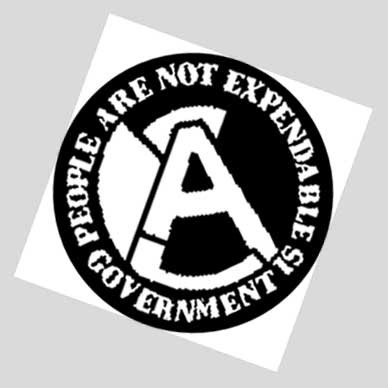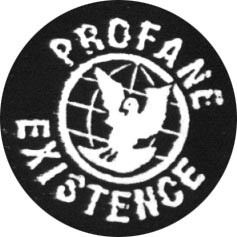33, 500 Years
£0.45
In stock
Description
Throughout the year 1992, the various states which have profited from the colonization of the Americas will be conducting lavish celebrations of the “Discovery of the Americas”. Spain has spent billion of dollars for celebrations in conjunction with Expo `92 in Seville.
In Columbus, Ohio, a $100 million quincentennial celebration plans on entertaining several million tourists. CELAM, the association of South America’s Catholic bishops, has organized a gathering to celebrate the “fifth centenary of the evangelization of the Americas” to be presided over by the Pope. As well, there is a wide selection of museum exhibits, films, TV shows, books and many other products and activities focusing on Columbus and the “Discovery”, all presenting one interpretation of the 500 years following 1492. The main thrust of this interpretation being that the colonization process — a process of genocide — has, with a few “bad spots”, been overall a mutually beneficial process.
The “greatness” of European religions and cultures was brought to the Indigenous peoples, who in return shared the lands and after “accidentally” being introduced to European disease, simply died off and whose descendants now fill the urban ghettos as alcoholics and welfare recipients. Of course, a few “remnants” of Indian cultures was retained, and there are even a few “professional” Indian politicians running around. That was no “Discovery” — it was an American Indian Holocaust!
Until recently, commonly accepted population levels of the indigenous peoples on the eve of 1492 were around 10-15 million. This number continues to be accepted by individuals and groups who see 1492 as a “discovery” in which only a few million Indians died — and then mostly from diseases. More recent demographic studies place the Indigenous population at between 70 to 100 million peoples, with some 10 million in North America, 30 million in Mesoamerica, and around 50 to 70 million in South America. Today, in spite of 500 years of a genocidal colonization, there is an estimated 40 million Indigenous peoples in the Americas.
In Guatemala, the Mayan peoples make up 60.3 percent of the population, and in Bolivia Indians comprise over 70 percent of the total population. Despite this, these Indigenous peoples lack any control over their own lands and comprise the most exploited and oppressed layers of the population; characteristics that are found also in other Indigenous populations in the settler states of the Americas (and throughout the world).





